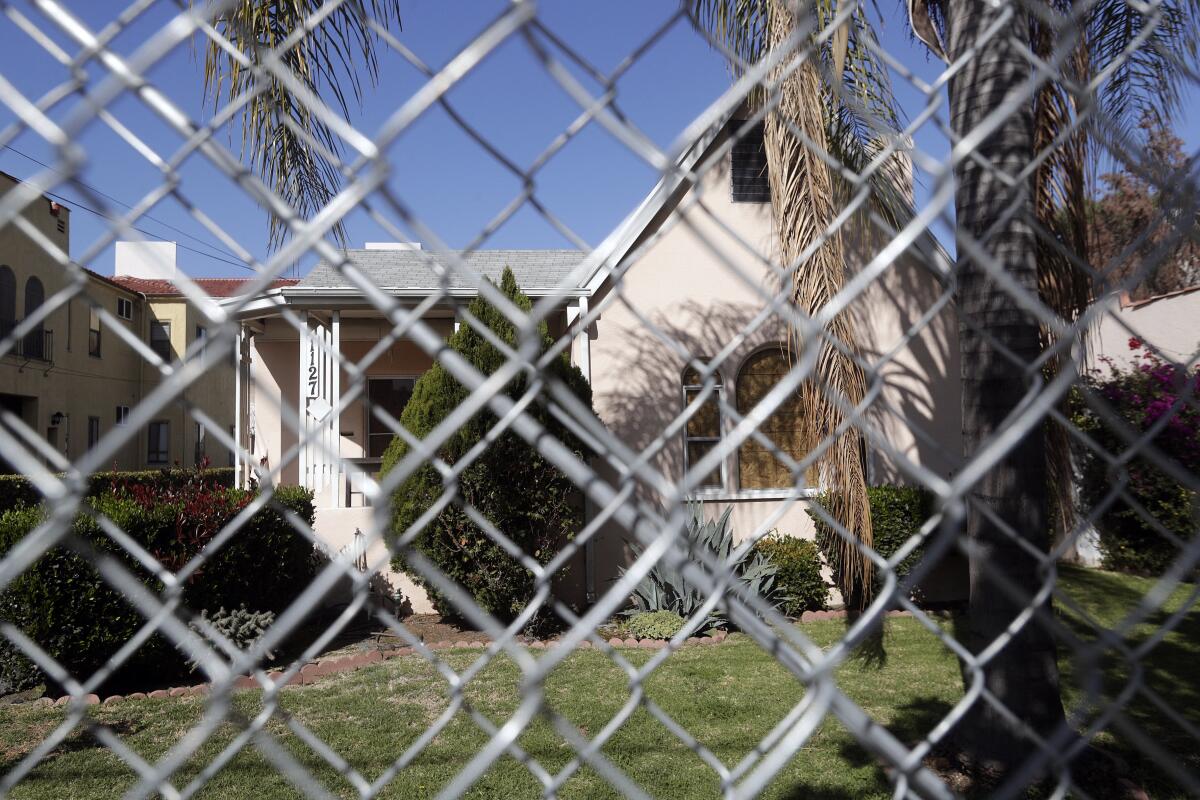Learning Matters: Taking a closer look at housing and parking solutions

As Glendale and Los Angeles area media have reported, progress is continuing on the housing and homelessness fronts. Glendale is ahead of some of its neighbors in meeting its responsibility to increase affordable housing construction; local nonprofits like Ascencia and Family Promise of the Verdugos, working with Glendale’s Continuum of Care, have ramped up their efforts to help individuals and families find and enter housing; and the local homeless count is reportedly (if not yet officially) lower this year, thanks in part to those efforts.
But as the down-again-up-again tents under the Glendale Freeway/East Broadway overpass (just beyond the Glendale line) suggest, and the reports have told us, the need for housing — for middle as well as low-income households — continues to outpace availability. Even as more individuals and families find housing through city, county and nonprofit efforts, new people keep showing up in need of shelter.
Another challenge to solving the housing problem hits closer to home. To be more precise, it hits closer to the neighborhoods where some of us are privileged to live. It seems we’re all for getting the homeless off the streets, but we don’t want affordable housing too close to our neighborhoods. We don’t want cars other than ours parking on our streets, but we balk at plans to provide a parking lot. And while we complain a lot about traffic, most of us continue to drive our cars on a daily basis.
I’m concerned that the comfort we experience in our neighborhoods is clouding our response to reasonable efforts to make more progress in improving livability for all.
I think that’s what happened with state Sen. Scott Wiener’s SB 50 earlier this year, a housing bill that was meant to remove some of the barriers to housing construction and increase housing density around public transit and job centers. Even if the bill needed further amendments to clarify the limits of its impact, I thought it was on the right track. But residents in single-family neighborhoods across the state quickly sounded the alarm, sending emails that had people thinking four-story apartment buildings or even high-rises would soon be sprouting up next door to them.
“Housing is a pressing issue, but SB 50 was not the right bill,” state Sen. Anthony Portantino told me after Wiener’s first attempt at passing the bill was shelved. It was a response echoed by a number of other local officials and representatives, and indeed, “protecting our neighborhoods” became a rallying cry of most of the candidates for Glendale City Council this year.
I don’t recall hearing nearly as much enthusiasm for affordable housing, though all candidates acknowledged homelessness and housing as top issues. We’ll see what happens with Wiener’s new “light touch” housing bill, SB 902.
I rather expect the new bill will meet with anxieties similar to those being expressed by some of my Adams Hill neighbors in regard to the Glendale Community College Garfield campus expansion plans. While the plan to purchase properties adjoining the campus and build needed parking and possible future facilities has been in the works since 2015, it wasn’t until fences went up recently around the purchased and vacant apartments that neighbors took notice and the alarm bells sounded.
I understand the timing seems unfortunate, given the urgent need for housing. But I also know the important role Garfield plays in the community and how important property is to school districts whose enrollment often rises or falls for reasons that are driven more by economics than academics. As I’ve noted before, John Muir Elementary, right across the street from Garfield, more than doubled in enrollment in our daughter’s elementary years, from 615 to 1400 students. Muir, which has since established a very popular Spanish-language-immersion program, now has approximately 900 students.
I invite those who are interested to review the possibilities GCC’s Garfield campus expansion presents, not only for its students but for all of Glendale. I hope they’ll see GCC as the community partner I’ve known it to be as they hear about the college’s carefully planned efforts to get cars off our crowded streets by creating parking spaces for its students and by working with Glendale’s Beeline and Metro’s bus systems to improve public transportation.
Garfield currently serves approximately 5,000 students in day and evening classes. As stated in a question and answer document I received from the college, the students are “… largely drawn to the campus’ strong ESL program and workforce education opportunities. For them, Garfield is ground zero in the climb up the economic ladder. Their hard work is one of the reasons GCC has been named the No. 1 Community College in America for upward income mobility.”
Improving upward income mobility is one of the most important things we can do to help solve the affordable housing crisis. Reading and listening carefully to possible solutions is another.
